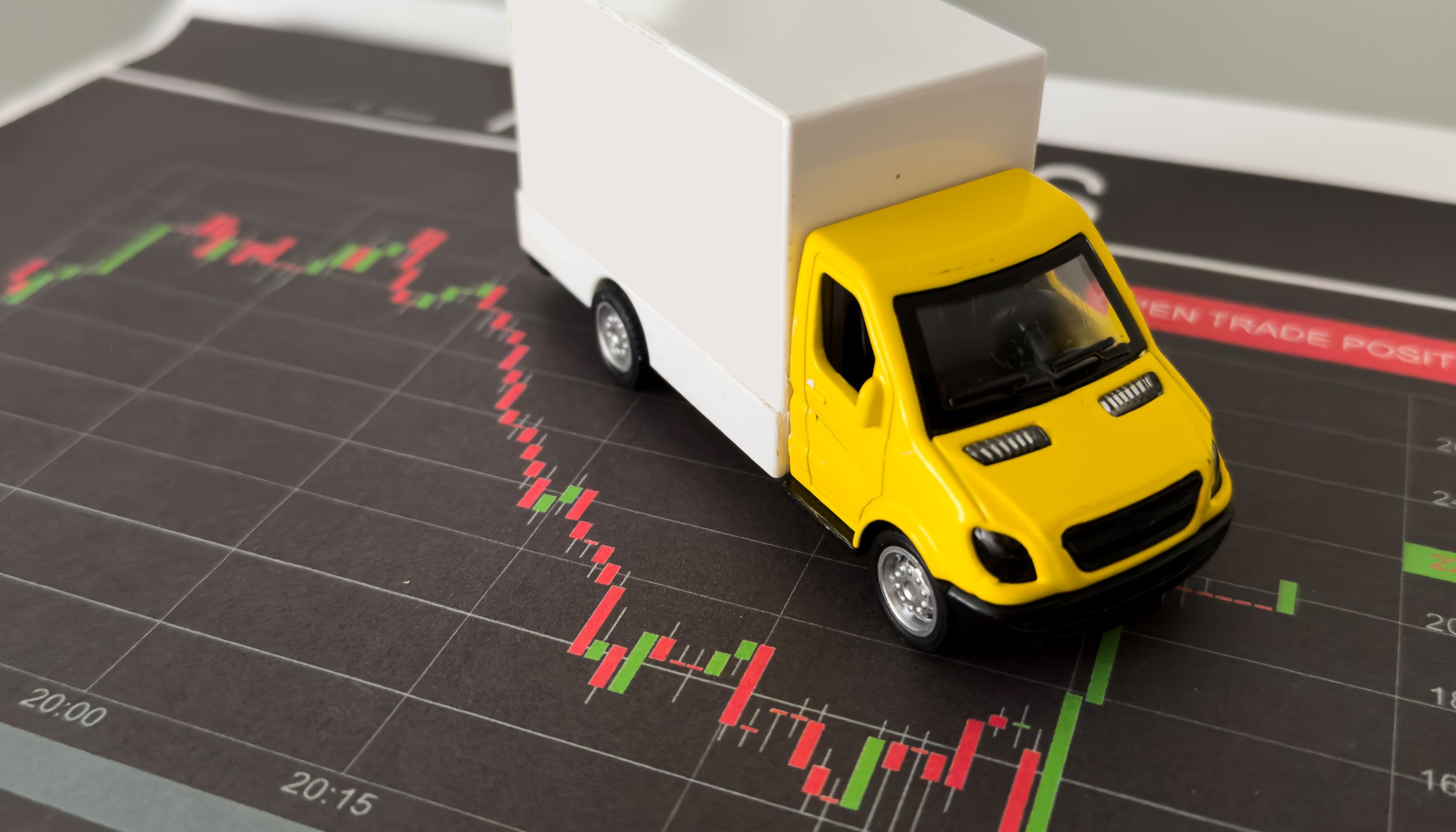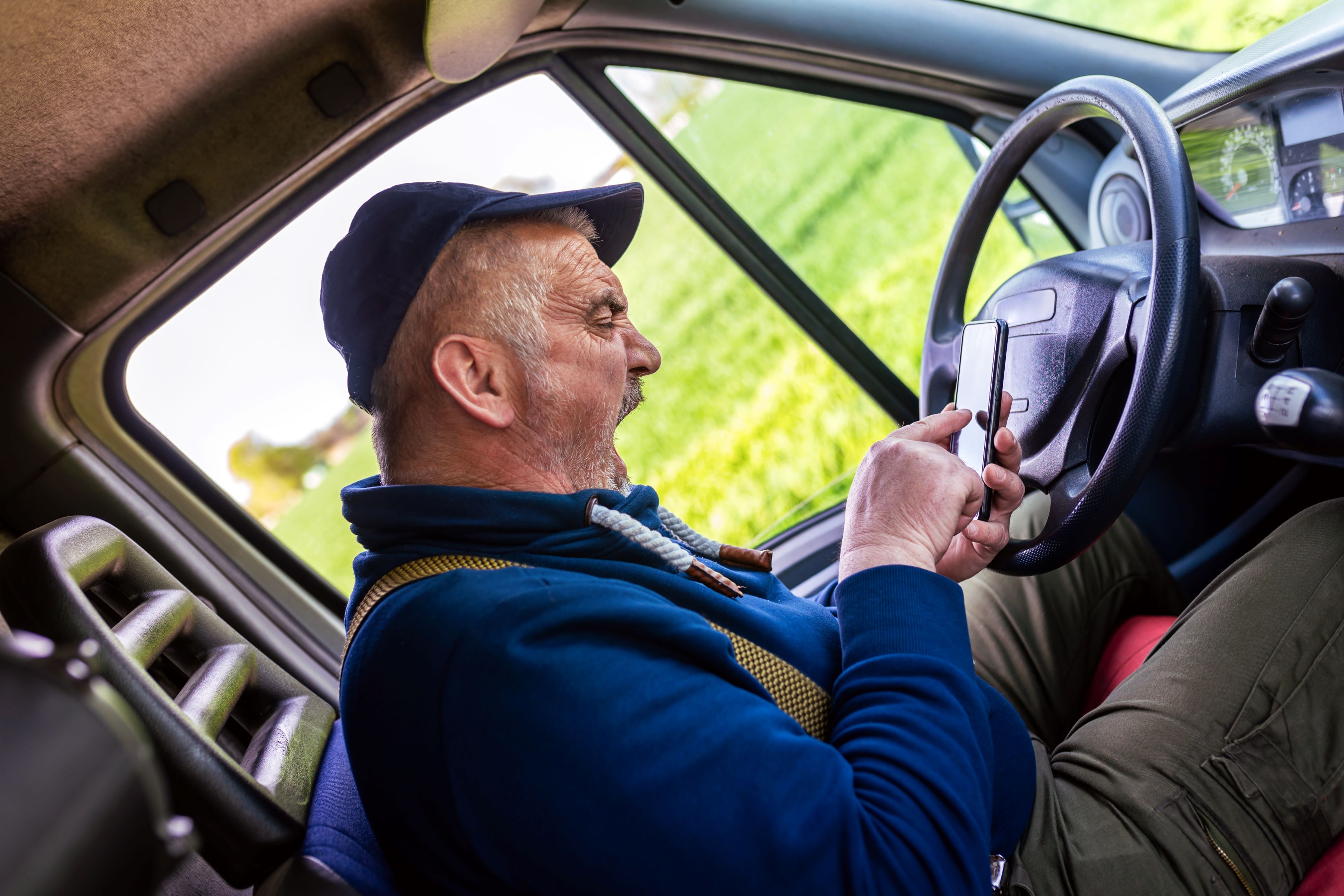Still Using Paper for PODs? Here's What to Know Before You Choose Scanners or Smartphone Apps
Running a haulage business with paper-based PODs might feel like the simplest option... until it isn’t.
Late signatures, lost dockets, lack of visibility. These problems slow down invoicing, tie up your admin team and can leave you exposed when something goes wrong.
At some point, most hauliers hit the same question:
What’s the best way to move PODs off paper and into a system that actually works?
The options usually come down to two things.
- Buy dedicated POD scanners (rugged barcode devices made for logistics)
- Use smartphone-based apps that do the same job, but through software
Both can get you away from paper. But they work differently and have their own pros and cons. Here's what you need to know.
Option 1: Dedicated POD Scanners
These are handheld devices used by drivers to scan barcodes, capture signatures and sometimes take delivery photos. They're built for transport and have been around a long time.
What They’re Good At
- Tough enough for heavy use
- Long battery life
- Fast barcode scanning
- Simple interface with little distraction
Where They Fall Short
- Expensive to buy and maintain
- Not great for updates or changes, many use older software
- Harder to connect with newer systems
- Can take longer to train new drivers
- If you don’t get the features you want (like sign-on-glass) you need to start from scratch with new scanners
Option 2: Smartphone Apps for POD
These are apps that run on a standard smartphone or tablet. Drivers use them to scan, collect signatures, snap photos, and send everything to the office instantly.
At Stratum, we’ve built tools like InCab Apps to handle this from start to finish. Drivers can see the job, update delivery status, and collect PODs without switching apps. InCabPro also allows for digitizing Walk Around Checks and other driver forms, making the switch away from paper even easier.
For an even more lightweight solution - our WhatsApp integration, MessageHub, allows the office and drivers to share messages and docs from within our TMS. 2-way communication between office and drivers connected directly with your system. Send and receive PODs, wait times, and live updates on jobs - keeping everything connected to the job from start to finish.
Why Fleets Choose This
- Lower cost to get started - potential for BYOD (Bring Your Own Device)
- Easy to use; minimal training
- Real-time updates for the office (and your customers!)
- Everything in one place: photos, signatures, job info
- Simple comms with drivers, with full records and read receipts
- Integrates with your transport system without hassle
Things to Consider
- Phones need proper cases if you want them to last
- SMS and texting can be expensive (so don’t use it)
- Some risk of drivers using the phone for personal apps (we've seen everything)
- Needs signal for real-time updates, but offline capture is usually available
If You’re Still on Paper…
Switching from paper to digital doesn’t mean you have to jump into the deep end with expensive kit. A lot of hauliers start by using smartphones they already have and trialling a simple app setup.
What matters is that you:
- Cut out double-handling and manual data entry
- Get real-time visibility into where your deliveries are
- Have clear, trackable records when there’s a dispute
Stratum’s mobile tools are built to help hauliers take that step. No complicated setup. No pushing drivers to change overnight. Just a system that’s designed to work how the job works — on the road, in real time.
So, Scanner or Smartphone?
In the past, dedicated devices for PODs made much more sense. Smartphones were more expensive, less reliable and not everyone had one. Dedicated scanners filled the gap with simple tools that did one job well.
Nowadays they still see use in fleets that haven’t updated their systems or where legacy hardware is already in place. Some operators also prefer them because they’re familiar and don’t require much setup.
But the technology has shifted. Most drivers already carry smartphones or know how to use one. Devices are cheaper, more reliable and easier to replace. More importantly, software has caught up. The right app can handle scanning, photos, signatures and job updates, all from one place, and sync that data back to the office in real time.
If you're weighing up your next step, look at what fits your workflows. If your goal is to move away from paper and gain better visibility, smartphone apps make that transition faster, easier and more flexible.
Next Step
If you're ready to move away from paper, take a look at how a smartphone-based setup could work for your fleet. It's not about going fully digital overnight… It's about making PODs easier to capture, and accelerating your billing.
Want to talk through it?
Contact us here







